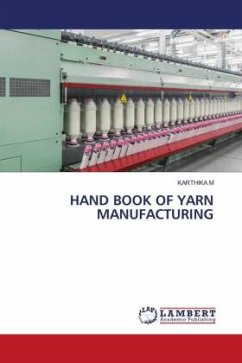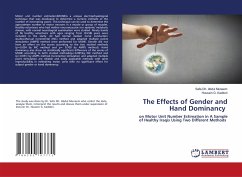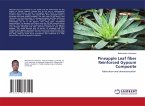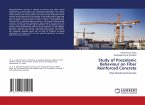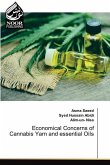All other natural fibres that are relevant to technology, excluding silk, are obtained as staple fibers. The average length of staple fibres is distinctive. In order to increase the friction between the individual fibres and create a staple fibre yarn, fibres are entangled during the spinning process, such as through rotation. Ring spinning, open-end spinning, friction spinning, and air jet spinning are some of the methods used to add the necessary number of turns per length to a spun yarn. The technology employed for spinning will determine a yarn's properties. Yarn manufacturing involves several key steps. First, fibres are chosen and sorted according to their desired properties. Fibres are then straightened, and contaminants are removed by cleaning, carding, and combing. Carded fibres are pulled, twisted, and spun to create the required type and thickness of the yarn.
Bitte wählen Sie Ihr Anliegen aus.
Rechnungen
Retourenschein anfordern
Bestellstatus
Storno

